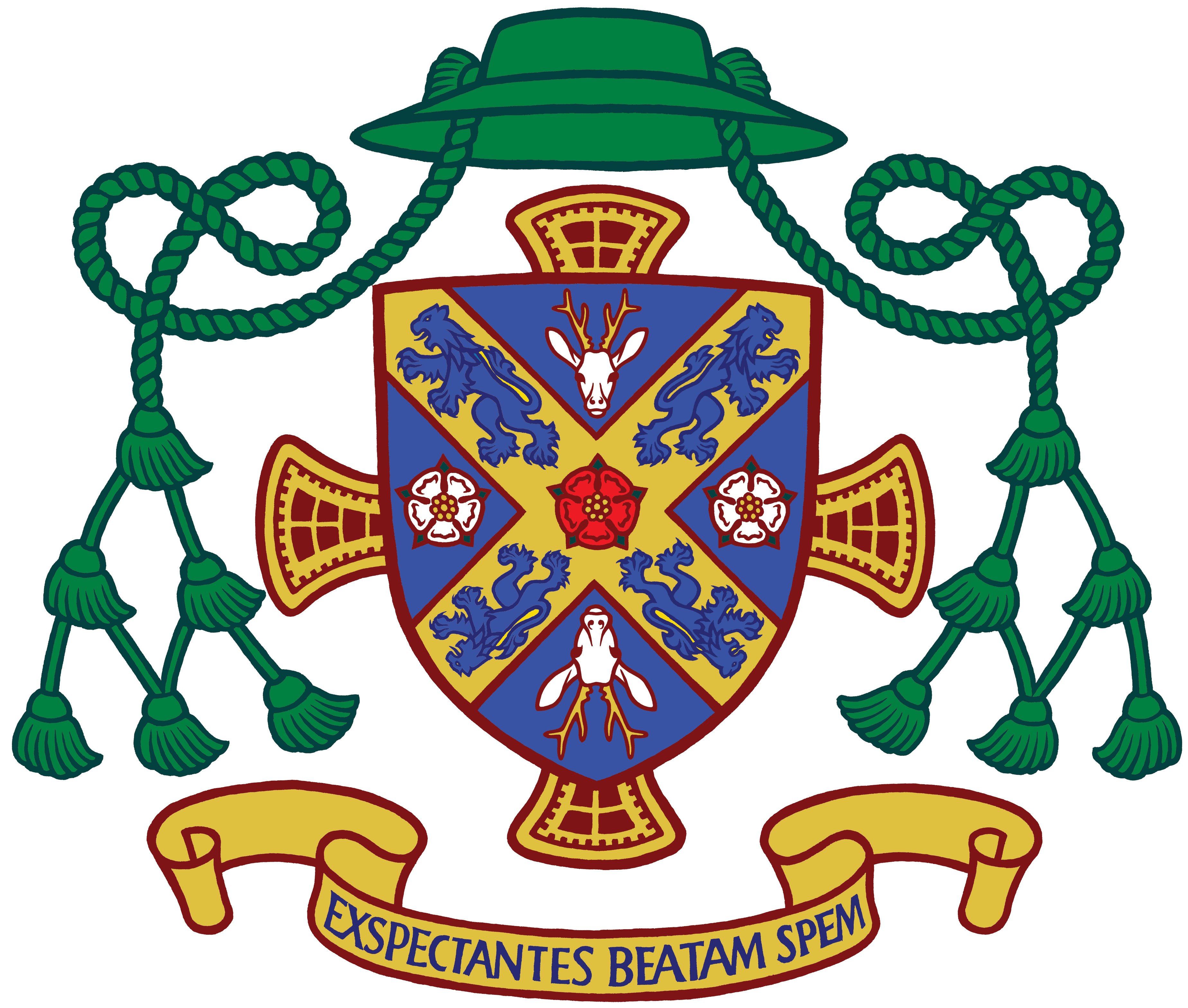Dear Sisters and Brothers,
What goes up must come down. Breathe in then breathe out. These are truths, facts that most of us would not deny. We take them for granted as self-evident. In a way they are parts of a greater truth, a natural law: the law of gravity and our need of oxygen to continue to live as fully functioning human beings. The two processes go together one without the other would be impossible, and dare I say, catastrophic for us personally.
Jesus took with him Peter and James and John and led them up a high mountain where they could be alone by themselves. There in their presence he was transfigured. Then Peter spoke to Jesus: ‘Rabbi,’ he said ‘it is wonderful for us to be here…’ As they came down from the mountain he warned them to tell no one what they had seen, until after the Son of Man had risen from the dead.
Today’s gospel tells us of the account of the Transfiguration. Just for a few moments the small, chosen group of apostles caught a glimpse of Jesus’ divine nature and were absorbed in adoration. This is why Jesus had led them up the high mountain. As usual, Peter speaks on behalf of all present, and perhaps for us too, ‘Rabbi,’ he said ‘it is wonderful for us to be here…’ He was so taken by the wonder and glory of the moment that he wanted it to last for ever, never to move on.
What goes up must come down. Breathe in then breathe out. “As they came down from the mountain he warned them to tell no one what they had seen.” Peter wanted to stay high up on the mountain, absorbed and enjoying the heady experience, but Jesus was already moving them back down to the plain of daily life, where they lived, where they belonged. But the going up and the coming down were part of one experience. In order to face the future trauma of Christ’s suffering and death the apostles needed to witness a glimpse of his glory to maintain their hope in the mystery of his resurrection which was about to be revealed to them. The preface of our Mass puts it much more succinctly and beautifully:
For after he had told the disciples of his coming Death,
on the holy mountain he manifested to them his glory,
to show, even by the testimony of the law and the prophets,
that the Passion leads to the glory of the Resurrection.
Later this year, on September 7 to 9, we will be celebrating a Eucharistic Congress in Liverpool. It is a significant moment in the life of the Church in our countries. Two of the aims of the Congress are: to rejuvenate Eucharistic adoration in Parishes throughout our countries, and to encourage greater love for the mystery of the Most Holy Sacrament of the Altar. Not unlike all that I have just been saying, these two aims are really part of the same reality, namely the mystery of Christ’s lasting presence in the Eucharist, under the form of bread and wine, and his presence in the Mystical Body, in his people on earth, in heaven and in purgatory. St Augustine reminds us that when we say “Amen” to the Body of Christ at Holy Communion, we are also saying “Amen” to the Body of Christ present in our brothers and sisters who surround us.
The celebration of the Eucharist can very easily become a routine for practicing Catholics. Even while regularly receiving the body of Christ, the implications of our Communion may not be fully grasped. It is not simply that we receive the Body of Christ, but that we are formed into the body of Christ. To use the words of St Paul “we, though many, are one body, all of us who partake of the one bread”. (1Cor 10:17) As the body of Christ, we are to be given for others in His name and sometimes, in that giving, there is the risk of being broken. Our communion, if it means anything, must make us vulnerable.
As we adore Jesus’ Eucharistic Presence, realising that we are meeting with, encountering the Son of God made man, we are challenged and changed, comforted and strengthened. At the same time we receive the call to mission, to go out and take that same challenge, change, comfort and strength to our brothers and sisters. It is part of the same action, the same truth. Just like what goes up must come down, and breathing in then breathing out, adoration and mission go together, you can’t authentically have one without the other.
St Teresa of Calcutta says it much better.
“The mass is the spiritual food that sustains me, without which I could not get through one single day or hour in my life; in the mass we have Jesus under the appearance of bread. While in the slums we see Christ and touch him in the broken bodies, in the abandoned children.”
As we move through Lent and Eastertide, it would be good to take with us some of our practices and penances, especially time spent before Jesus in the Blessed Sacrament and the living out of the Corporal and Spiritual Works of Mercy. Together let us celebrate these as we prepare to participate in the forthcoming Eucharistic Congress either physically or spiritually this September.
Yours in blessed hope,

Bishop of Middlesbrough

